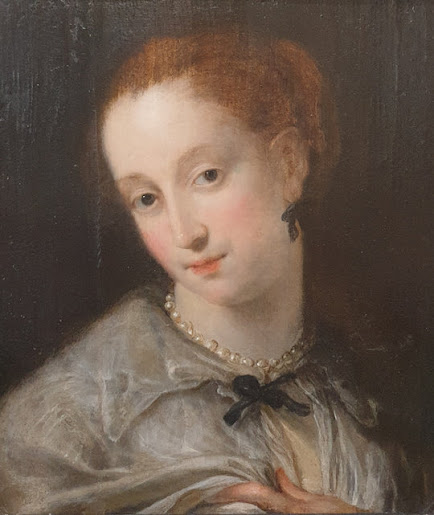Japanese Fairy Tales
Earlier this week I noticed some very interesting looking notebooks in K&Y Oriental Art in Grays Mews. Each one was lined up carefully just waiting to be discovered. Taking a closer look they turned out to be Japanese fairy tales for children. Each one exquisitely bound with beautiful woodblock illustrations on crepe paper. All the books below are made by publisher Takejiro Hasegawa.
Takejiro Hasagawa was a prolific Japanese publisher of 'Ehon' or picture books. All the books published were of superb quality in design, binding, woodblock printing and the materials used. Most of the books are bound in a traditional Japanese style known as 'fukuro-toji' which means pouch binding. The pages are printed, folded in half, then stacked together. The result is a series of folded pages that open at the top and bottom to form a pouch. They are then tied with silk string or ribbon.
The books we intended for markets outside of Japan and this is why these ones are in English. However many distributers from around the world commissioned Hasegawa and books were also published in Dutch, German, French, and Swedish. Distributors in New York, London, Brussells, Leipzig, Philidelphia, Helski all stocked Hasegawa's books.
There were several people involved in the making of these books. The publisher and editor, Takejiro Hasegawa, authors and translators, artists, text printers, and woodblock printers. You can read in more detail about the process of making the prints here.
Even the back covers are beautifully printed. The Mouse's Wedding has delicate cobwebs and leaves on the back cover (pictured above).
Momotaro - Printed in 1930.
Momotaro is an incredibly well-known and popular Japanese folk tale. According to the tale, which dates to the Edo period, Momotaro came to earth in a giant peach and was discovered by an old woman and her husband. They named him Momotaro, which means peach boy. Momo (peach) and taro (eldest son in the family).
Years later Momotaro sets off on a quest to fight a band of oni (demons) and he befriends a talking dog, monkey, and pheasant who help him with his quest. There are many variations in the story and there is even a song about Momotaro.

You can see the quality in this stunning illustration from the book. The detail and colours are in perfect condition and very skillfully done.
The Old Woman Who Lost Her Dumpling
You can find all these books and many more at K&Y Oriental Art in Grays Mews, stands K24-K25.









.jpg)

Comments
Post a Comment